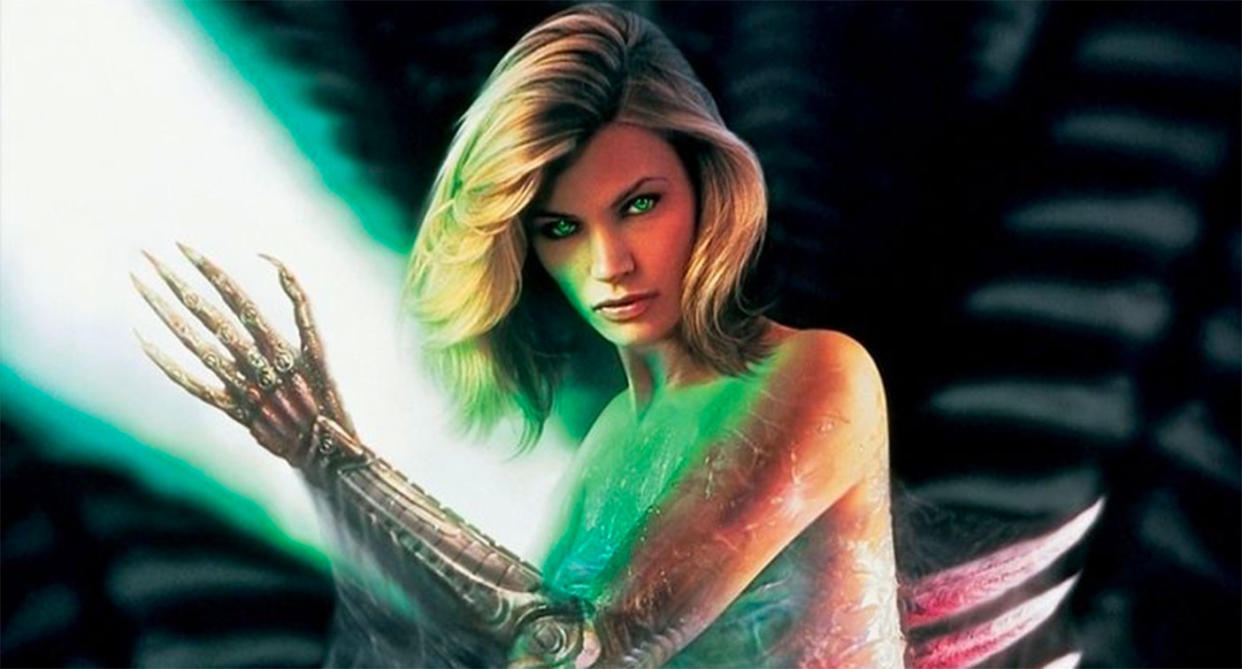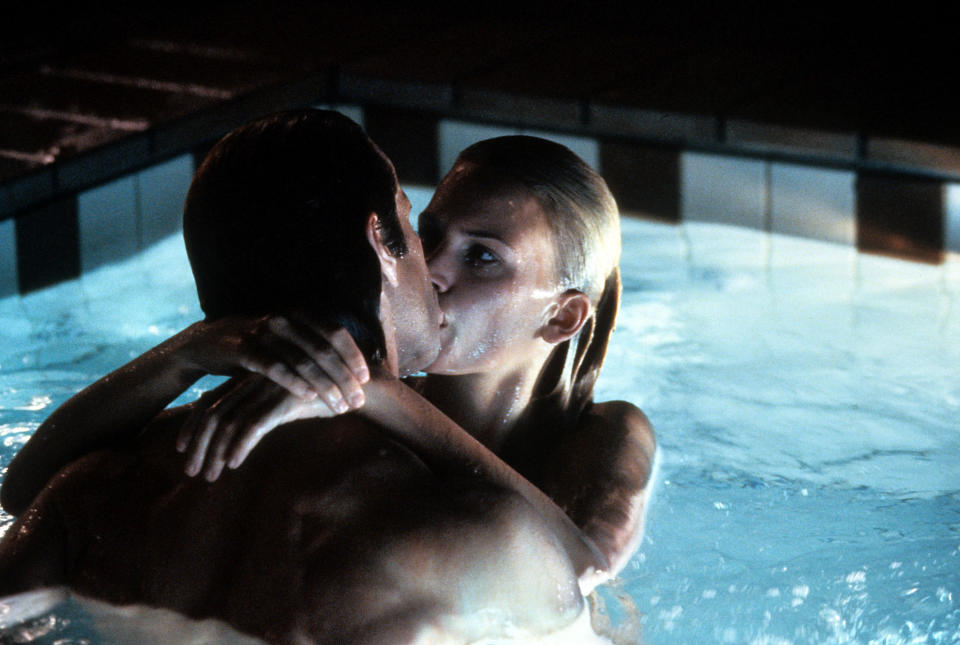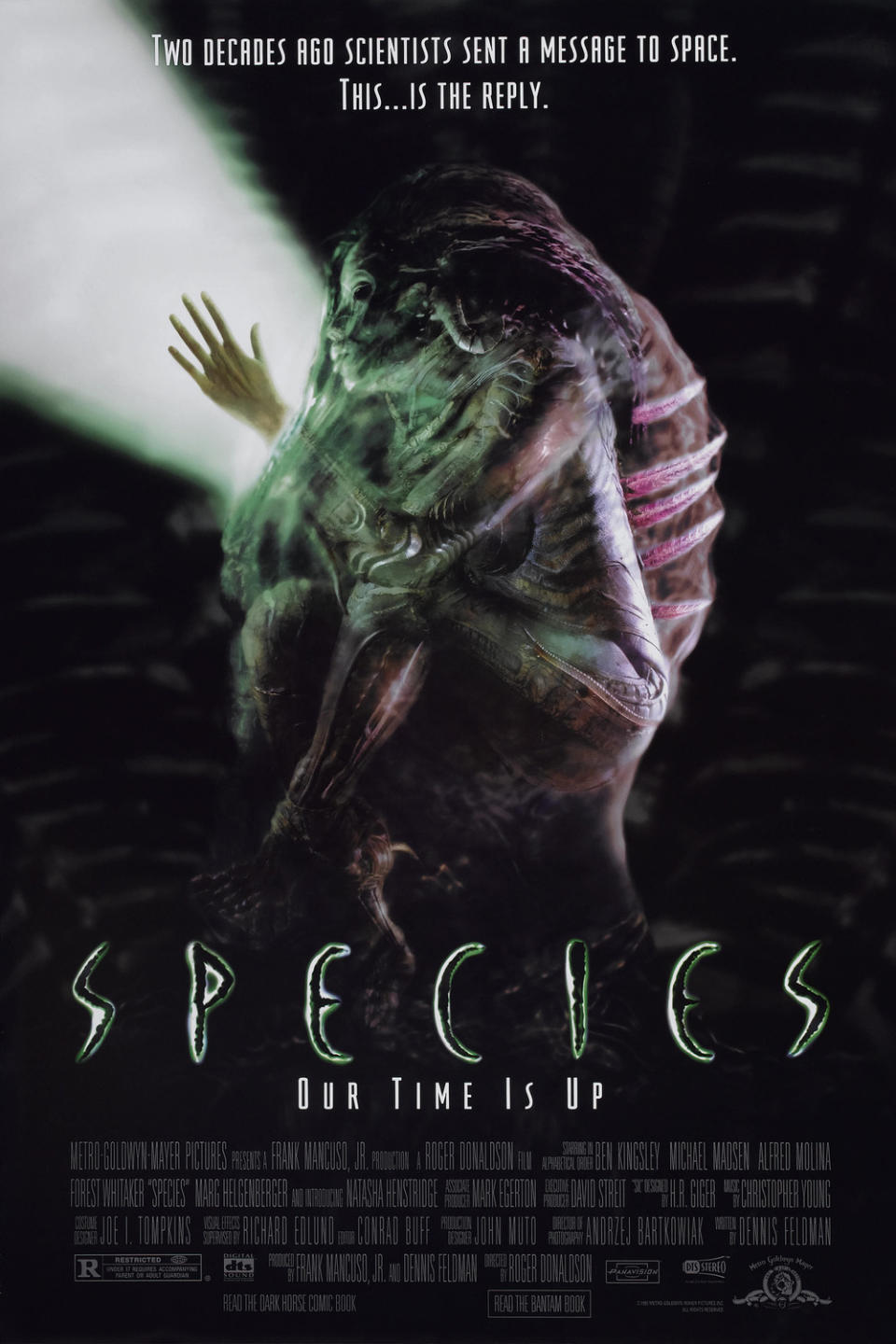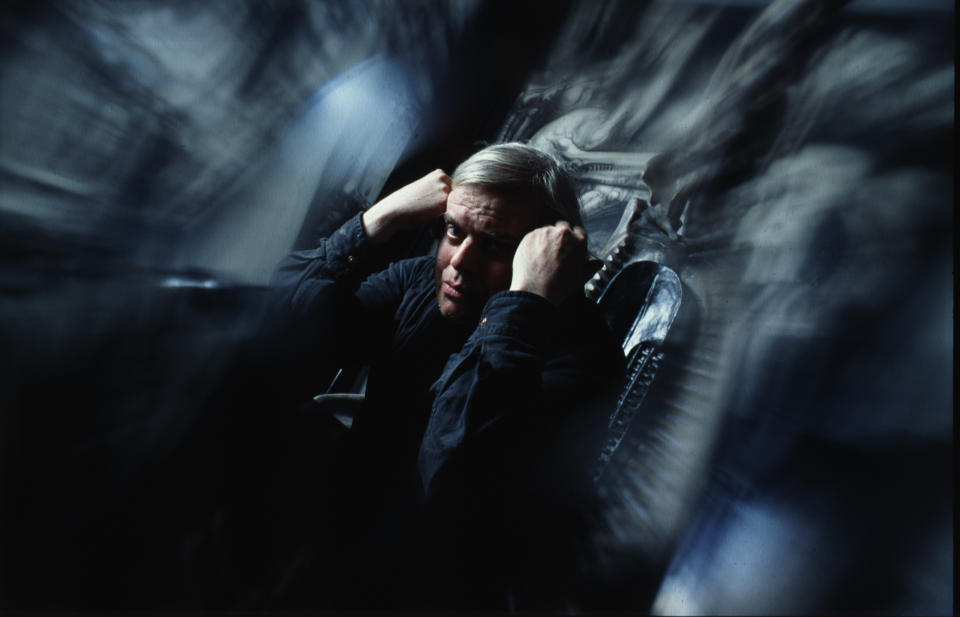'Species' at 25: The creative clashes behind the cult sci-fi hit

Returning $113m off its $35m production budget, the sci-fi horror film Species may have struggled to win over critics on its release in 1995, but it certainly found an audience. Not just that, it found a franchise too, with a collection of sequels continuing the story over subsequent years (to lessening effect).
In the original film, Natasha Henstridge plays the adult form of an alien/human hybrid by the name of Sil. The cast also has Ben Kingsley, Forest Whitaker walking into rooms and stating the obvious, Michael Madsen and Alfred Molina. A young Michelle Williams appears as the young Sil, too.
Yet it was quite a battle to get the movie made in the first place. Its genesis dated back to 1987 and a writer by the name of Dennis Feldman. Feldman first had the seed of an idea for the movie back then, and he’d evolve it for many years before working it into a script.

Said script was sent to the boss of MGM, Frank Manusco Jr, in 1993. He bought the project for the studio, assigned the budget, and hired director Roger Donaldson in 1994 to helm the movie. Which presented one of the film’s many challenges.
VFX woes
Donaldson, who had sprung to prominence off a pair of movies made in his native New Zealand – Smash Palace and Sleeping Dogs – had by this stage already a couple of American hits under his belt. Most notably the Kevin Costner-headlined thriller No Way Out, and the Tom Cruise hit Cocktail. But nowhere in his back catalogue was there any suggestion of working with special and visual effects. It’s that particular challenge that drew Donaldson to Species, though, but also caused some real tests throughout the film’s production.
Read more: How Scary Movie became a huge hit
Donaldson’s directorial style, as explained to Starlog magazine back in August 1995, involved him having “complete freedom of where to place the camera”. Against that, visual effects supervisor Richard Edlund looked to plan and map out in advance the shots that were required. Both men had to evolve their styles throughout the shoot of the film, with Edlund and his team coming up with ways to try things on set, and Donaldson increasing “his knowledge and acceptance of FX”.
The effects work was also at the heart of some other behind the scenes sparks, too.
Sorting Sil

When it came to the creation of the central character, the ‘alien’ side of Sil, some of the film’s budget was wisely spent on luring legendary designer, the late H.R. Giger to the film. Of course, Giger’s most famous film work remains the xenomorph of Alien most notably, a creation he had bumps with over the course of his career. He also came with a bit of a reputation.
Steve Johnson was in charge of creature and special make-up effects, and he admitted in the aforementioned Starlog piece that he had some trepidation about working with Giger. “I’ve read all the articles”, he said at the time. “Giger is a very difficult man to please”. He set himself the goal of trying to make Species the first movie that “Giger is going to be happy with in terms of the presentation of his work”.
To reach that goal involved a very busy fax machine, and an awful lot of phone calls. The production of species was based in America, whilst Giger worked from his base in Switzerland.

Giger and Johnson would have phone calls that went on for hours. It worked out, too, although right up to the last minute, Johnson feared that Giger was unhappy with how his work had been realised. Still, when he was sent the final photos, “I got the greatest fax back from”. The work had been worth it.
Conflicts
In fact, Giger’s commitment to the production was such that he put his own money into it. In particular, there was to and fro with Frank Manusco Jr over the film’s ghost train sequence. This was a Giger idea in the first place, and originally, it was costed at $600,000 to realise. This was via CG, and MGM said no, not considering that there was a practical way to complete the scene.
Read more: Cast Away at 20
Giger thought otherwise, to the point where he constructed a 20-foot-long model of the train, at a cost of around $100,000 to himself. He felt it the only way to convince studio bosses of his approach. Even when completed, though, the incredible train Giger constructed would be on screen for under ten seconds, although he would retain 3D merchandising rights to it.
But then this also went to the heart of the film’s other internal conflict, between practical and digital effects, all on a tight budget. Both Edlund and Johnson concluded that a mix of both was going to be required. That – and this was the first half of the 1990s – they needed to combine computer work with in-camera effects too. Granted, 1993’s Jurassic Park had done some pathfinding here, but also, Spielberg’s dinosaurs didn’t have the range of facial expressions that the character of Sil in Species required.
Dana Hee, Olympic gold medalist taekwondo, was hired to be the stunt performer for the human Sil, although she was primarily used in water-featuring sequences that a 1990s computer would weep at. An animatronic was constructed too, and it was a blend of practical, digital and human that would ultimately realise the character. Understandably, a sizeable chunk of the film’s budget went on its assorted effects work.
Species II would follow three years later, with a different writer, different director and no Richard Edlund either. Giger, too, would retain only a credit as ‘original Species designer’. The sequel would struggle to match the first film, financially and critically.
But then, it was some achievement what the original production team realised on a $35m budget in the mid-1990s. The assorted arguments might just have been worth it.
Species is streaming on Netflix UK.

 Yahoo Movies
Yahoo Movies 
